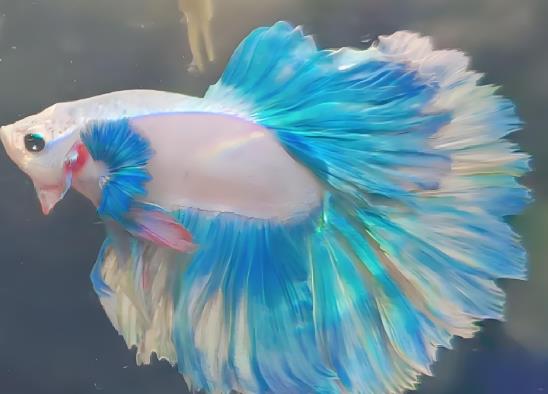Recommended Aquatic Plants for Betta Fish & Key Considerations
Compiled from information sourced from multiple reliable references

I. List of Safe & Recommended Aquatic Plants
Hornwort
Grows rapidly and tolerates low light, making it ideal for beginners. It also increases dissolved oxygen levels in the water.
Requires regular trimming to prevent overgrowth.
Hornwort (Ceratophyllum demersum)
Features soft stems and leaves that won’t tear bettas’ fins, and it absorbs harmful substances from the water.
Suitable for cohabitation with round-tailed bettas.
Mosses (e.g., Weeping Moss)
Should be planted sparsely and attached to driftwood to avoid tangling bettas’ fins.
Provides hiding spots for bettas, but dense moss varieties should be avoided.
Java Fern (Broad-Leaf Varieties)
Has rounded, blunt leaves without serrations, making it great for aquascaping. Note: Avoid small-leaf Java Fern, as its edges are sharp.
Delivers significant water purification benefits.
Vallisneria (Eelgrass)
Boasts a well-developed root system and strong water-filtering capabilities, making it suitable for placement in the tank substrate.
Choose varieties with non-serrated leaf edges.
II. Dangerous Aquatic Plants to Avoid
Small-Leaf Java Fern / Mini Java Fern
Has serrated leaf edges that easily scratch bettas’ tail fins.
Anacharis / Amazon Sword Plant
Contains thorns on its stems or leaves, which may tear bettas’ fins.
Floating Plants (e.g., Water Hyacinth)
Rotting floating plants contaminate the water, and they consume large amounts of oxygen at night.
Hornwort (Over-Planted)
Grows too quickly, occupying excessive tank space and leading to oxygen depletion.
III. Aquascaping Principles
Leave Open Swimming Space: Aquatic plants should cover no more than 50% of the tank to ensure bettas have enough room to swim.
Avoid Sharp Edges: Select plant varieties with rounded leaves, such as Pearl Grass or Round-Leaf Peperomia.
Regular Maintenance: Promptly remove dead leaves to prevent water quality deterioration.
